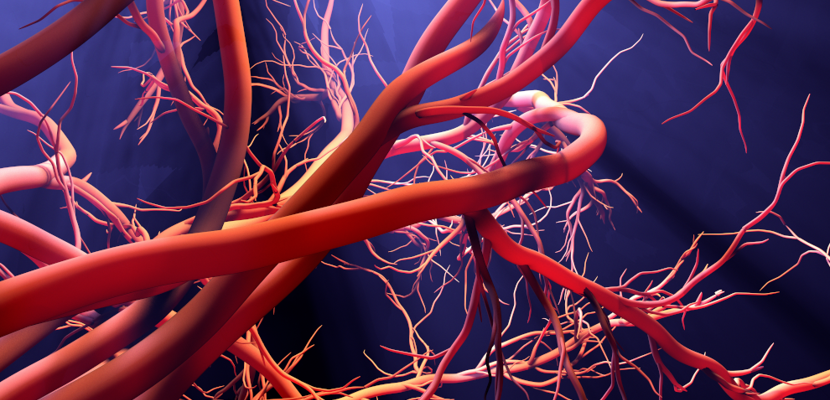replacement of veins
Robert Klatt
Blood vessels cultured from human tissue
)kcotS ebodAslleC ngiseD(Photo: ©
A new method can produce blood vessels from human tissue quickly and inexpensively. The artificial blood vessels can be used, for example, to replace small veins that medicine has often not been able to treat in the past.
Melbourne (Australia). Blood vessels have the vital job of transporting oxygenated blood and essential nutrients throughout the body and removing toxins. Malfunctions and diseases of blood vessels can be life-threatening for humans and lead to heart attacks, strokes and other health problems.
According to a publication in the specialist magazine, scientists from the University of Melbourne around Daniel Heath have ACS Applied Materials & Interfaces has now developed a new, scalable, fast and inexpensive method with which artificial blood vessels can be produced from natural tissue.
“Researchers around the world have been trying to perfect the tissue engineering of blood vessels for many years. Current methods are slow, require specialized and expensive equipment such as bioreactors, and have a low throughput rate, making it difficult to meet the need for engineered vessels.”
Combination of different materials and techniques
The new method for tissue engineering of blood vessels combined different materials and manufacturing technologies. It is thereby possible to produce artificial blood vessels with complex geometries that resemble those of natural blood vessels.
“By combining different materials and manufacturing technologies, we are moving closer to a future where engineered blood vessels represent a breakthrough solution for cardiovascular disease, particularly for patients who lack suitable donor vessels.”
Replacement of small blood vessels
Larger, badly damaged blood vessels have long been able to be replaced by bypass surgery. Arteries with a small diameter, such as the coronary artery, can hardly be treated up to now. In particular, patients with comorbidities such as diabetes or previous surgery have limited options for damage to these veins because non-living synthetic grafts can cause blood clots and blockages.
The new tissue-engineered blood vessels made from human cells and tissues can also be used to replace small veins, according to Andrea O’Connor. It is thus possible to treat cardiovascular diseases and ensure a blood supply for larger tissues.
“We can now quickly and inexpensively create blood vessels from living tissue that have appropriate mechanical properties and mimic the cellular alignment of the innermost layer of blood vessels.”
ACS Applied Materials & Interfaces, doi: 10.1021/acsami.3c08511

